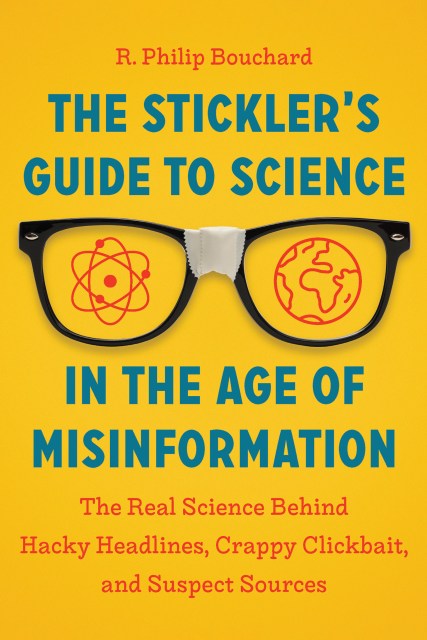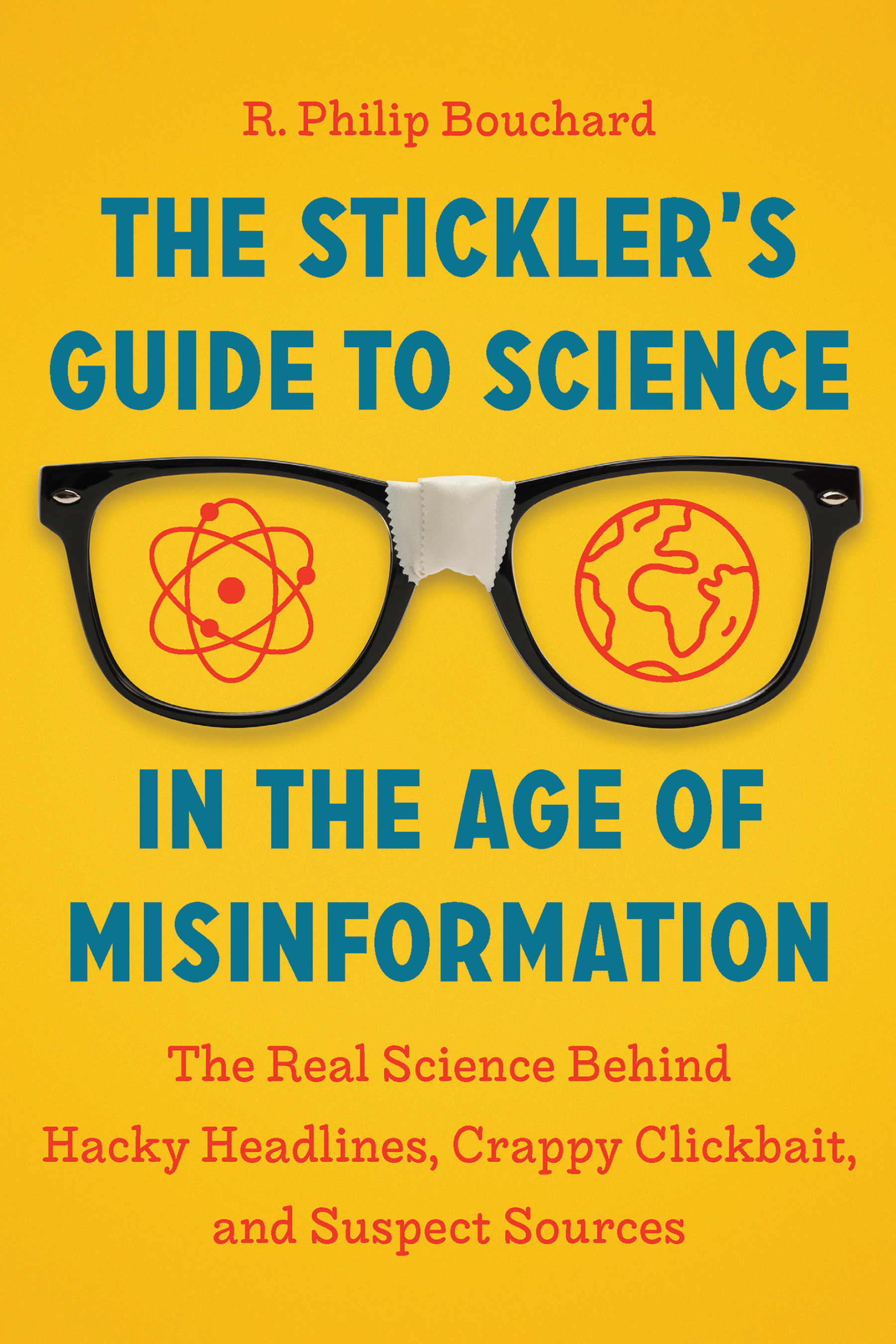Promotion
Use code MOM24 for 20% off site wide + free shipping over $45
The Stickler's Guide to Science in the Age of Misinformation
The Real Science Behind Hacky Headlines, Crappy Clickbait, and Suspect Sources
Contributors
Formats and Prices
Price
$11.99Price
$15.99 CADFormat
Format:
- ebook $11.99 $15.99 CAD
- Audiobook Download (Unabridged) $27.99
- Trade Paperback $19.95 $24.95 CAD
This item is a preorder. Your payment method will be charged immediately, and the product is expected to ship on or around November 23, 2021. This date is subject to change due to shipping delays beyond our control.
Also available from:
The perfect remedy for our culture of fake news, bad science, and propaganda.
We have more scientific information at our fingertips today than ever before. And more disinformation too. Online, on television, and in print, science is often communicated through shorthand analogies and phrases that obscure or omit important facts. “Superfoods,” “right- and left-brained” people, and “global warming” may be snappy and ear-catching but are they backed by scientific facts? Lifelong educator R. Philip Bouchard is a stickler for this kind of thing, and he is well-prepared to set the record straight.
The Stickler’s Guide to Science in the Age of Misinformation unpacks the many misuses of terms we see used every day, revealing how these popular “scientific” concepts fall short of real science. Find out why trees do not “store” carbon dioxide; a day is not actually 24 hours; DNA cannot provide a “blueprint” for a human being; and an absence of gravity is not the reason that astronauts float in space.
Genre:
- On Sale
- Nov 23, 2021
- Page Count
- 280 pages
- Publisher
- Timber Press
- ISBN-13
- 9781643261294
Newsletter Signup
By clicking ‘Sign Up,’ I acknowledge that I have read and agree to Hachette Book Group’s Privacy Policy and Terms of Use







